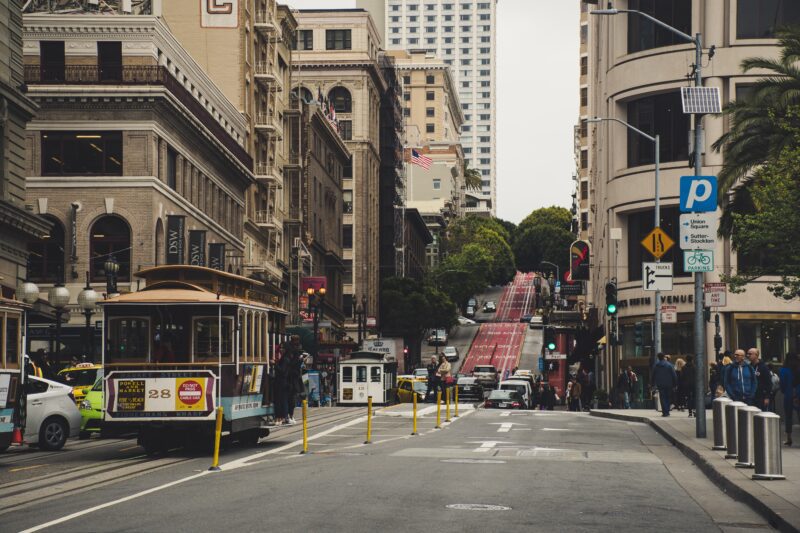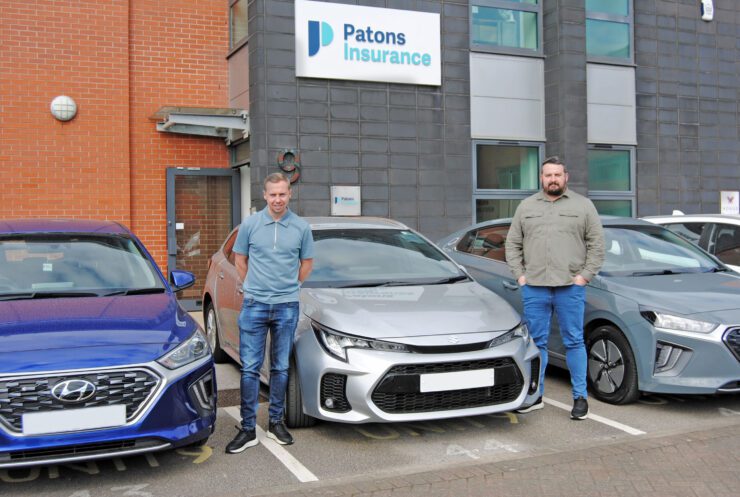Concerns remain about the safety of autonomous taxis just days after being given the green light to expand driverless operations.
Cruise and Waymo have been operating trials with driverless taxis in San Francisco in a bid to increase the number of autonomous taxis on the streets.
Cruise currently operates about 300 vehicles at night and 100 during the day in San Francisco, while Waymo said the company has a fleet of 250 robotaxis in service.
For months there have been calls to increase their availability – while opponents have highlighted a number of incidents which raise questions about the safety of the vehicles and the technology behind them.
And just days after the California Public Utilities Commission agreed to the expansion which allows autonomous vehicles on the streets at all hours of the day, videos of robotaxi malfunctions began appearing on social media.
The Guardian reports that on Friday, the day after the vote, a Cruise vehicle caused ‘mayhem’ outside the Outside Lands music festival as a result of a glitch, and there were reports of up to 10 others blocking a main road in another area.
Cruise said increased mobile phone network usage linked to the festival may have caused the issue.
Earlier this year, the San Francisco Chronicle reported that two Cruise robotaxis drove up Nob Hill after a severe rainstorm and one of them became caught on a low-hanging Muni wire which powers the city’s iconic light rail trains through the streets.
The report goes on to say the vehicles, which require taxi insurance to operate, continued to drive through downed trees and power lines, and drove through caution tape.
No one was inside the cars at the time, and no one was hurt as the downed power lines had already been disconnected.
Ahead of the vote to allow the scheme to expand, officials had warned of the dangers they pose in the city.
Fire Chief Jeanine Nicholson said: “It really, really concerns me that something is going to go horribly wrong.”
The Fire Department said it has recorded 44 incidents so far this year in which robotaxis entered active fire scenes, ran over fire hoses or blocked fire trucks from responding to emergency calls.
Julia Friedlander, SFMTA’s senior manager of automated driving policy, told state regulators that driverless taxi incidents began “skyrocketing” this year, although detailed data isn’t available to make firm conclusions.
“All we know is that the problems are being reported frequently and that they are serious problems to consider,” she said.
But Cruise and Waymo bosses say city officials have ‘mischaracterised’ their safety track records.
The companies insist their driverless taxis have lower collision rates than human drivers and public transit.
They point out that, “in a city that sees dozens of traffic deaths caused by human-driven cars each year, their driverless taxis have never killed or seriously injured anyone in the millions of miles they’ve travelled”.
And several groups support their expansion and hope autonomous vehicles will transform how people get around San Francisco.
“We think the data is very clear that these driverless cars are extremely safe, and safer in most cases than a human driver,” said Emily Loper, vice president of transportation policy at the business-backed Bay Area Council. “That will only improve as the technology gets better.”
The city’s approval to allow autonomous taxis to operate on a par with mainstream taxis opens the door for them to become genuine rivals to traditional taxis.
What do you think about autonomous taxis?


